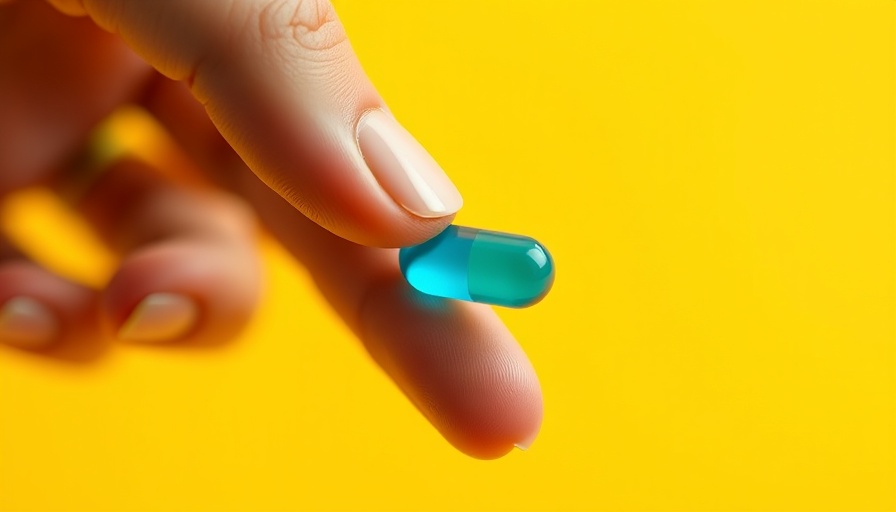
Understanding the Power of Flavonoids in Reducing Diabetes Risk
Recent studies have unveiled the astounding benefits of flavonoid-rich foods, demonstrating their potential to lower the risk of diabetes by 28%. This significant finding underscores a growing body of research suggesting that natural compounds can sometimes outperform traditional pharmaceuticals. As parents increasingly look for holistic and natural approaches to health for their families, these insights are particularly salient.
The Mechanism Behind Flavonoids
Flavonoids, a class of polyphenolic compounds found abundantly in fruits, vegetables, and certain beverages, possess antioxidant properties that protect cells from oxidative stress. This property is crucial in the context of diabetes as oxidative stress has been linked to insulin resistance, a key factor in developing the condition. Foods high in flavonoids, such as berries, citrus fruits, onions, and green tea, serve as not only delicious additions to the diet but potent agents in disease prevention.
Complementary Medicine: The Rise of Natural Remedies
The increasing incidence of lifestyle-related diseases like diabetes has led to a surge in the interest in complementary and alternative medicine. Parents are seeking effective, non-invasive solutions that can be integrated into daily life. Holistic healing practices often advocate for diet modifications alongside traditional medical treatments, affirming the role of lifestyle choices in managing health. Flavonoid-rich foods not only provide flavor but also align with this philosophy by promoting a proactive approach to illness prevention.
Comparing Natural Remedies with Pharmaceuticals
Research draws intriguing parallels between flavonoid consumption and traditional medications for managing blood sugar levels. While synthetic drugs often target symptoms, flavonoids offer a more holistic approach, tackling the root cause by enhancing the body’s natural abilities. For example, a study indicated that participants incorporating flavonoid-rich foods into their diets exhibited improved insulin sensitivity akin to the effects of certain diabetes medications. This lays a foundation for greater exploration of integrated health solutions.
Future Insights: The Role of Diet in Disease Prevention
As the world becomes more health-conscious, the implications of this research could lead to a shift in how diabetes is managed. Parents can utilize this knowledge to instill healthier eating habits in their children from a young age. Moreover, with current trends leaning toward prevention rather than reactive medicine, schools and communities can consider integrating educational programs on the importance of natural remedies and responsible dietary choices.
Practical Tips for Incorporating Flavonoids in Your Family's Diet
Making dietary adjustments to include flavonoid-rich foods can be both enjoyable and sustainable. Here are some practical strategies:
- Breakfast Boost: Start the day with oatmeal topped with berries and nuts for a flavorful, heart-healthy meal.
- Snack Smart: Swap out chips for air-popped popcorn sprinkled with dark chocolate or dried fruits.
- Colorful Meals: Aim for a rainbow of fruits and vegetables in meals; the more colorful the plate, the higher the likelihood of flavonoid content.
Final Thoughts: A Call to Action for Healthier Families
The benefits of flavonoid-rich foods cannot be understated, especially as we seek to improve our family's health through natural and effective means. As research continues to evolve, it’s essential for parents to stay informed about the potential of incorporating these foods into their children's diets. Initiating this shift toward holistic wellness today can have lasting benefits for generations.
 Add Row
Add Row  Add
Add 




Write A Comment